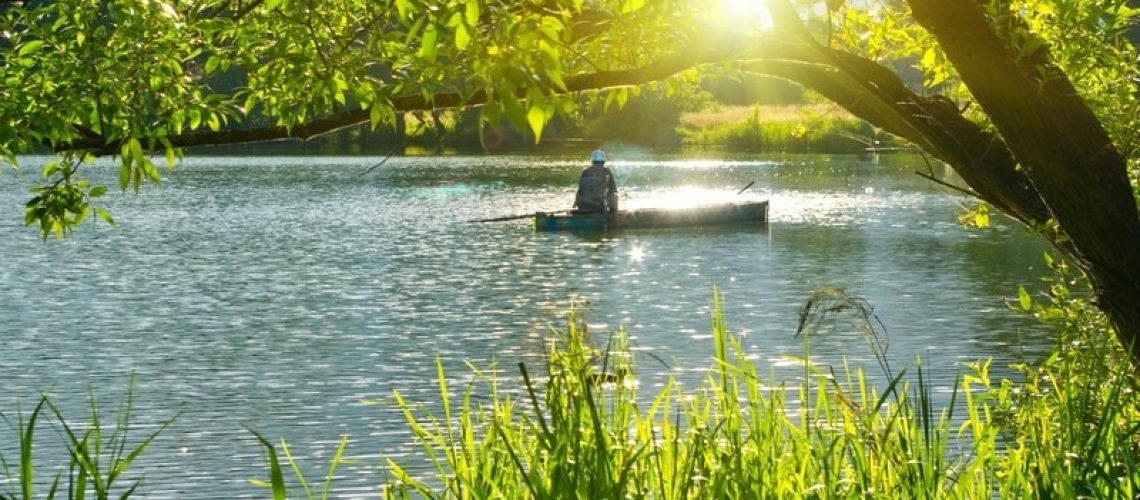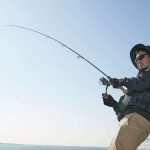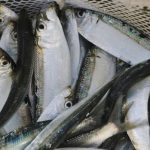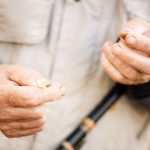Spinner rigs are great lures to use in any fishing scenario. Ideal for bigger game fish like walleye, bream, trout, pike, and salmon, spinners activate the desire for survival in fish – presenting themselves as food for fish to eat.
Read on to learn more about fishing with spinner rigs.
A Brief Intro to Fishing with Spinner Rigs
Spinners are part of a group of metal fishing lures that feature metal blades, which spin around the body of the lure.
How it works, is, when the line is cast, and the lure is in motion, the blades begin to spin. In the water, the blade catches the light and sends out small vibrations – essentially mimicking the behavior of a small fish.
Uses for Spinner Bait
One of the best tools in the tackle box, spinner bait is surprisingly versatile, it can be used to locate fish in deep or shallow waters, and is suitable for covering a lot of area over a short period.
Spinners can be dropped into the water much like a worm or can be retrieved at a range of speeds – from just over a half mile per hour to about 2.5.
The fishing method is very similar to spoon fishing. You basically just have to cast the spinner out, let it sink a little bit until it reaches the strike zone, and then you start retrieving.
Before you start retrieving, try giving the rod a little twitch down and up in order to give the blade a kickstart so it will spin when you retrieve it.
When you are reeling in, you should feel a small vibration in the rod. Don’t retrieve too fast, and keep the rod pointed down towards the water for a natural spin and room to strike the rod when you get a bite.
What You Need to Know About Fishing With Spinner Rigs
While the act of fishing with a spinner rig is akin to fishing with other lures (albeit a little trickier), there are some things you’ll need to consider before setting out on your next fishing journey.
Blades
Some fishermen say it’s all about the blades. There are three types of blades you’ll often see with a spinner rig, here’s a brief look at the differences between them:
- Colorado – Large and slow-spinning, Colorado blades are a good choice for muddy water and cooler temperatures.
- Willow Leaf – Long and slender, willow leaves work well in areas with lots of grass. They spin quickly and are good for attracting bass on the move.
- Indiana – Indiana blades are the Goldilocks of spinner blades, offering something less clunky than the Colorado, yet slower moving than the willow. Yellow Bird’s Prescott Spinner Rigs fall somewhere in this category.
Lure Size
Straight forward, but hugely important nonetheless, lure size is critical in catching what you set out to capture. Small fish like sunfish or bluegills require a small lure – we’re talking size 0 or 00.
Larger fish such as trout or Steelheads need larger lures, somewhere around the #4 or 5 range.
Temperature
Water temperature also plays a role in how you use your lure. Since fish are cold blooded, the temperature of their surroundings greatly influences their behavior – cold fish move slow, while warmer fish move at a faster pace.
On colder days, drop your spinner and retrieve slowly – no use dragging the bait all over the place for that slow poke.
Color
Color comes into play whether you’re fishing with spinner rigs or using another method.
When selecting a spinning lure, you’ll want something that contrasts with the color of the bottom of your boat or trailer, as well as something that stands out against your surroundings.
Bright colors work well in dark or murky conditions, while lighter colors attract fish in sun-soaked clear water.
Let’s Get Spinning! Visit Yellow Bird Fishing Products
In the market for new lines or lures, spoons or planer boards, Yellow Bird Fishing has everything you need to bait, hook and reel in your next big catch.
Check out our selection of spinners to get started in short order.
Yellow Bird Products
1803 Holian Drive
Spring Grove, IL 60081
815-469-9686





